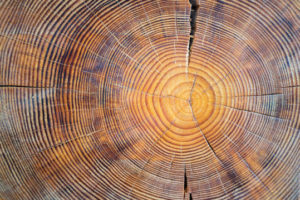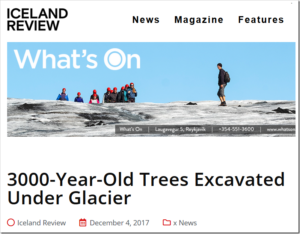by A. Watts, Oct 27, 2025 in WUWT
In The Washington Post’s (WaPo) article, “Climate change is coming for D.C.’s trees, and the city won’t look the same,” the authors claim that climate change is killing off Washington, DC’s tree canopy. This is false. While the article mentions other effects that contribute to the decline of the urban tree canopy, they miss or dismiss the primary causes, preferring to blame climate change instead.
The authors argue that rising temperatures and erratic weather patterns are forcing arborists to abandon native species in favor of more “climate-tolerant” trees from the southern United States. The Post asserts that without urgent adaptation, the District’s iconic maples, lindens, and elms could “vanish by 2100.” It also states that “urban development and climate change have contributed to the annual loss of thousands of D.C. trees and threaten the long-term survival of some of the region’s native tree populations.” That may sound convincing, however, in fact, it is deeply misleading.
The majority of DC’s tree stress has little to do with global climate change. Rather, urbanization is the culprit. The city’s heat, pollution, and dense infrastructure have transformed what was once a temperate forest into an artificial microclimate. This is the urban heat island effect (UHI) at work. As Christy and Spencer demonstrated in their peer-reviewed study in the Journal of Applied Meteorology and Climatology, as much as 65 percent of apparent “warming” in urban areas is attributable solely to human development, not global greenhouse gases. Pavement, buildings, and waste heat raise nighttime temperatures, putting added stress on trees that evolved in cooler, more permeable soils.
As Climate at a Glance: Urban Heat Islands notes, “most of the apparent warming in U.S. cities results from localized effects of urbanization, not global climate change.” This localized heating can be several degrees higher than in nearby rural areas, making it a huge stressor for trees already dealing with limited water and root space.
…




